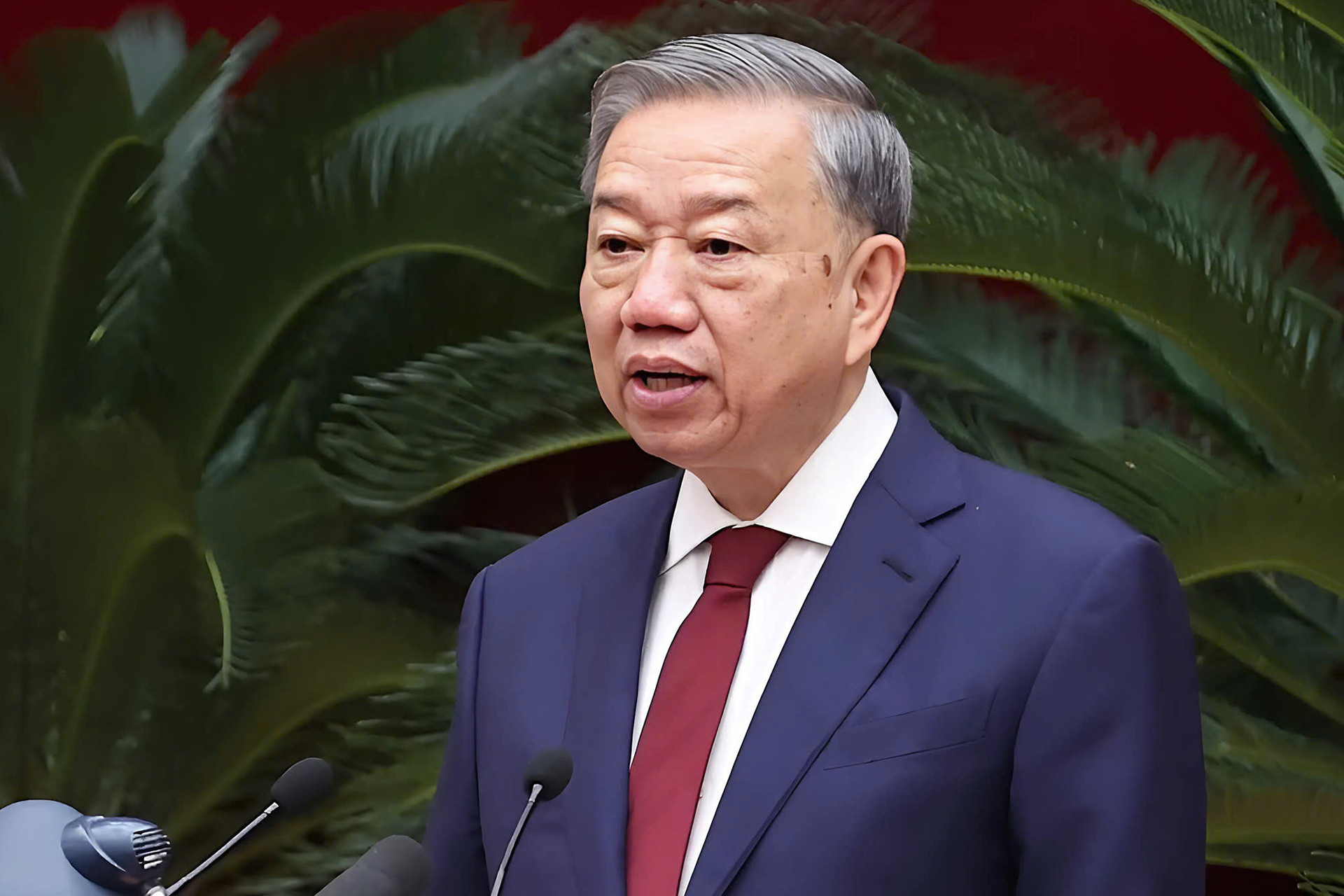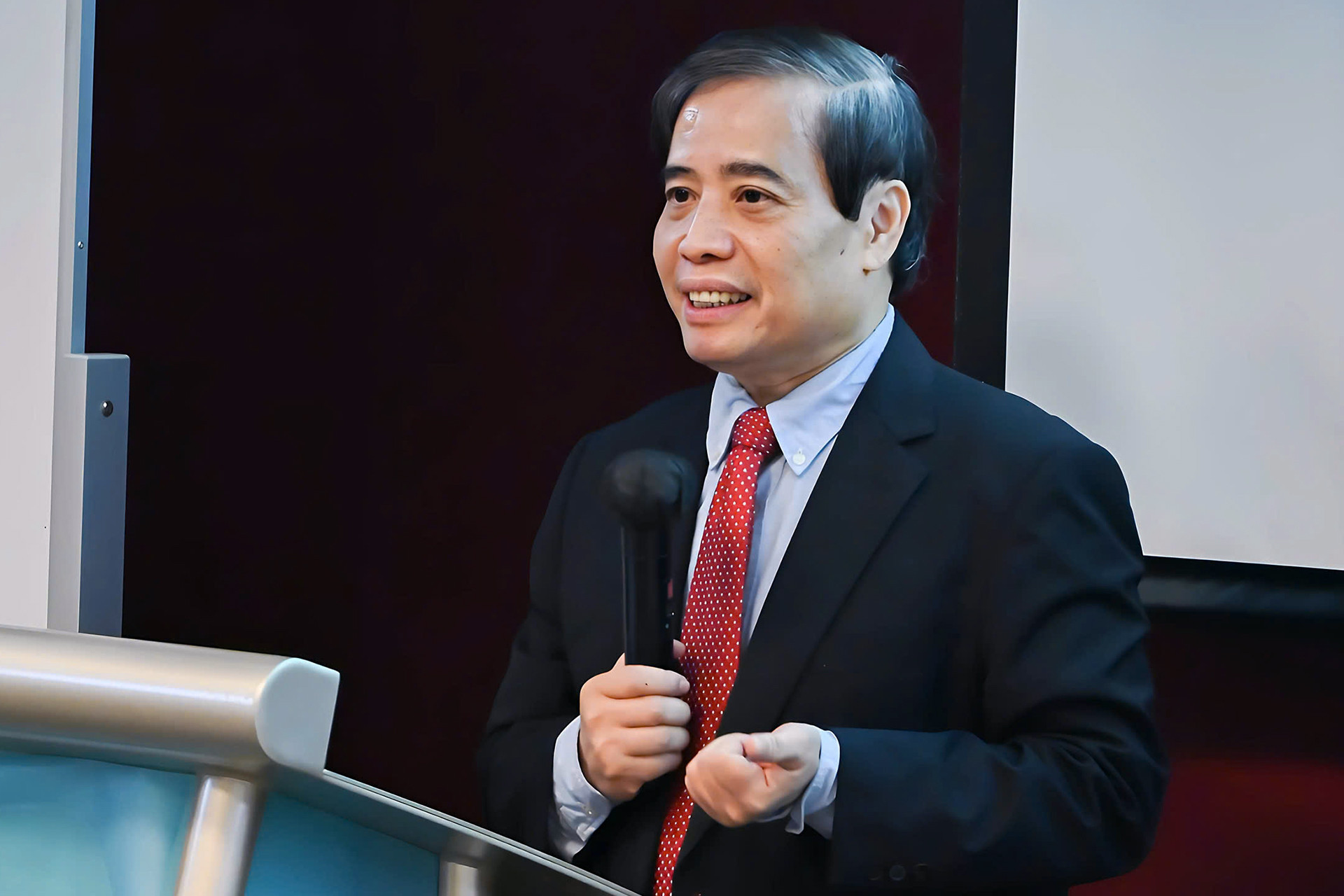
Some officers will keep working to shoulder the responsibility of the country’s affairs, while others will leave because it is a necessity for the country’s development.
The last four decades of reform show that the right choices by the leadership has helped Vietnam make steady advances on its path of development.
The decision to streamline the apparatus has been described as a daring move which aims to make a breakthrough to ascend to new heights, characterized by three crucial attributes:
First, it is a long-awaited public expectation.
Second, it shows the ability to capture the trending dynamics of the modern era.
Third, it lays down the foundation for a development effort, awakening the synergistic strength of the entire nation.
The effort to streamline the apparatus will be a decisive factor determining the success or failure of the country's reform in the time to come. Vietnam will not only have to overcome current challenges but also create an elite public service system that future generations can admire and take pride in.
Core efforts and collaborative synergy
The streamlining should be carried out based on a deep strategic long-term with clear goals for the next 2-3 decades. It is necessary to understand the trends around the globe, and the country's strengths and weaknesses.
During the streamlining process, attention should be paid to enhancing the 'agility' of each organization. This allows public authorities to adapt to rapidly evolving global trends across all sectors. This agility is a critical advantage alongside the already established criteria of Precision, Streamlining, Strength, Performance, Effectiveness, and Efficiency.
To streamline the administrative apparatus, efforts must focus on promoting the strength of three elements: Total Force, Motivation, and Capacity.
While capacity and motivation, particularly incentives, are vital, ‘total force’ acts as the fundamental element that determines success. Therefore, it is essential to prioritize strengthening the total force alongside efforts to enhance capacity and motivation.
The experience of Singapore in building an integrated government highlights two priorities: fundamental design and the establishment of bureaus responsible for policy implementation.

Time for recognizing contributions, not public denouncement
Selection of personnel and rearrangement in the streamlined apparatus requires strategic vision, scientific criteria, and a sense of camaraderie.
The focus should be placed on recognizing officers’ contributions rather than passing judgment on who is superior. Both the officers who stay and keep working and those who leave the apparatus will act for the sake of the country.
The selection of cadres should be carried out based on certain criteria, including professional capability and the qualities that create synergistic strength of the entire agencies.
When considering cadres’ professional competence and experience, it is necessary to pay high attention to their capability of solving modern difficult questions in a creative manner.
Inspirational power from the 'era of the nation’s rise’ message
Streamlining the apparatus is a strategic, urgent move that must tackle unprecedented challenges. Therefore, the progress not only requires scientific and practical solutions but also a profound inspiration rooted in national aspiration and the accountability of Vietnamese people today.
The message of the ‘nation’s rise’ might evoke the imagery of Thanh Giong (Saint Giong), a child who, nurtured by the love and expectations of the nation, rapidly grew to expel evaders.
The inspiration from Thanh Giong’s story offers three critical lessons for the streamlining effort.
First, extreme challenges demand extraordinary, unconventional solutions.
Second, there is no greater resource than the collective contributions by people. No budget could be compared with the rice, wood and pots that people contributed to feed Thanh Giong and help him gain legendary achievements.
Third, heroes may emerge from unknown young people. They will be ready and capable of shouldering responsibilities when the nation needs them.
In addition to the three identified key factors to make breakthroughs, including institutional regime, infrastructure, and human resources, Vietnam also needs two more things: future vision and international integration.
The breakthroughs in future vision not only help overcome current difficulties through legal reform and organizational design but also lays down institutional legacies that future generations will respect and cherish.
With this focus, Vietnam will be more serious and proactive in developing subway systems and urban planning to solve traffic congestion in HCM City and Hanoi, rather than gathering strength to build flyovers and expanding roads.
In international integration, Vietnam needs to offer special reforms which surpass all traditional approaches in laying the red carpet to attract FDI (foreign direct investment) and boost exports.
Prof Dr Vu Minh Khuong (National University of Singapore)